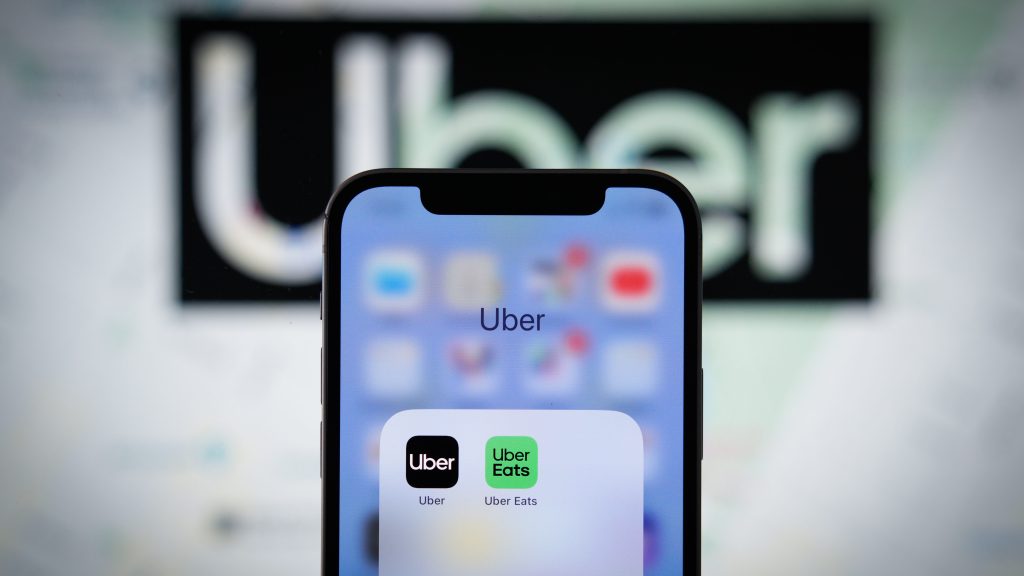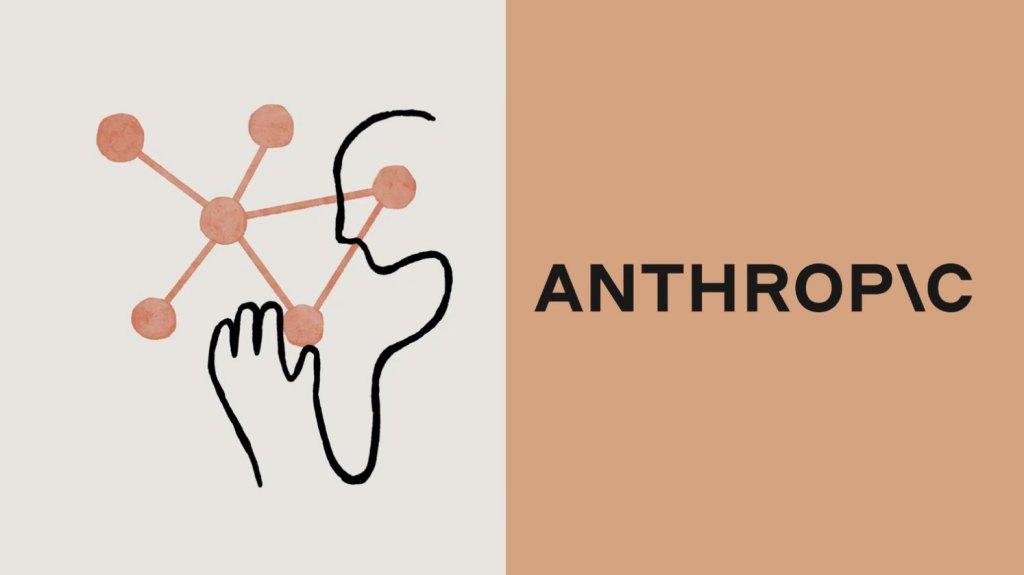Once a fitness tech company like Tonal launches its product, it immediately faces another challenge: how to keep those users engaged. It’s not enough that a customer purchased the device; it’s equally as important to keep them using it over the long term so they continue to pay the monthly subscription fees required for access to classes. In Tonal’s case, recurring revenues generated from those monthly subscription fees are significant, as the startup charges each user $49 per month with a minimum 12-month commitment to start.
To keep their users engaged, at-home fitness companies energize online communities by building Facebook Groups and significant Instagram and Twitter accounts. Since it launched its first bike in 2014, Peloton has catered to its large audience with a robust Facebook group that numbers nearly the population of San Francisco. Likewise, newer entrants such as Mirror and Tempo also developed their Facebook presence with nearly 86,900 and 11,200 followers, respectively.
Tonal is no different. Across social media channels, Tonal currently has over 155,000 followers, with its own private Facebook Group, “Official Tonal Community,” having roughly 12,900 members. At this point in Tonal’s lifespan, the community experience is decent, but more along the lines of Peloton’s engagement three to four years ago.
Yet, while it has pursued a tried-and-true community engagement strategy, Tonal has also had to evolve its tactics as it learns the unique tastes of its strength-training demographic and how they differ from other fitness users. In this third part of the Tonal EC-1, we will look at how the company grew its nascent community, how it shifted its strategy of engaging users, how the team uses community to hone its product, and how the future of Tonal’s community will look like as the company continues its rapid ascent.
A planned community, but what to build?
With its online community, Tonal’s strategy was deliberate and staggered, mirroring the approach it took with its August 2018 launch, in which the startup first launched in the San Francisco Bay Area and expanded to all of California before going nationwide in March 2019.
The startup hired its first community manager, Sarah Johnson, in October 2017 — nearly a year before that public launch. Her initial focus was monitoring users during Tonal’s alpha and beta trials, and she regularly called users to solicit feedback about their experiences working out with the device. Among Johnson’s early observations: Unlike the gym, which inherently has a more physical social element, Tonal users, who may have partners or families, wanted their at-home classes to be the most efficient workout possible in the shortest amount of time.
Likewise, major bugs were reported to Johnson. For instance, one software bug involved the coach onscreen performing many more reps than the instructions called for. Users kept doing reps until they were exhausted because they would literally follow the video and not read the count on the screen.
In December 2018, nearly five months after Tonal launched, the startup created its Facebook group, where members could post updates about their latest weightlifting accomplishments, trade advice with other users on weightlifting and nutrition, and post photos of their product arrivals. Although the group served as an online hub for members to chat early on, Tonal at this time did not have a clear roadmap for engaging users. Tonal CEO Aly Orady, however, personally posted updates, and read through and responded to group comments during the first year the community was active.
That direct connection to the CEO was valuable, but it could only scale so far. “At some point, however, I realized that once you start posting — you know, it’s like playing Ping-Pong in that the discussion begins to engage, and then it quickly becomes a full-time job, and I already have a full-time job,” explains Orady, who adds he and other Tonal executives still peruse community comments on a regular basis, screenshot certain posts and upload them on the company’s internal Slack channels.
As the company grew, it built its community strategy around Facebook, and there are some common approaches in Tonal’s Facebook group, where the vast majority of online interaction occurs, that help foster engagement. Among the tactical approaches it uses are video Q&A sessions with coaches, posts by its community manager and a book club.
However, the level and quality of engagement in Tonal’s community today is not nearly at the same level of Peloton’s, which likely benefited by being one of the first in the at-home fitness market that paired slick industrial design with a compelling catalog of classes led by fitness personalities. The excitement generated by Peloton in its earlier years has led to a high degree of engagement where users rally around one another to an unprecedented level. Several Peloton users in its Facebook group, for instance, have discussed running into money problems during the pandemic and having trouble affording the monthly $39 subscription fee, so other users have donated money to help these other struggling users make ends meet.
That level of engagement is something Tonal’s community hasn’t come close to yet, although it’s certainly possible that in the years to come, the community will evolve from its more nascent nature into a larger, more compelling experience.
Users want many-to-some and not many-to-many relationships
In March 2019, Johnson departed for a program manager role at Amazon, and in July, Tonal hired Kate Telge, a former marketing assistant from the apparel company tonlé, as her successor. Telge drafted a competitive analysis the following month that analyzed the Tonal online community and the online communities of other at-home fitness companies, compiling what worked and what didn’t work.

“One thing [users] really, really wanted — and still want to this day — is a coach connection,” explained Telge. “They love getting a little behind-the-scenes kind of feeling. … So really, it was about figuring out a way to leverage our coaches and put the spotlight on them.”
Telge has rolled out a slew of initiatives, including a series of Facebook Live sessions, introduced in 2020, where users submit questions for coaches to answer, as well as “Tonal Talks”: a series of YouTube interviews with executives as well as fitness and health experts who offer training advice. One of the most popular Tonal Talks sessions, “Balancing Strength and Cardio with Coach Nicolette,” has been viewed nearly 2,000 times.
Where the company has run into challenges is deepening the connections between individual Tonal users outside of its popular coaches. In an attempt to highlight different Tonal users, Telge rolled out “Member Spotlights” in early 2020 where users could tell the rest of the community about themselves and brag about their Tonal accomplishments. After several months of trialing the feature though, Telge noticed extremely low user engagement. The process of gathering user information and photos for Member Spotlights also took too long and ultimately proved more trouble than it was worth adds Telge, so the feature was discontinued.
That result is in stark contrast to Peloton, which has found traction in highlighting its users through what it calls a “Peloton Diary,” a chronicled week of workouts of a user published on its blog and posted on Facebook. It’s an important reminder that every community has its own norms, personality and style of engagement, and while playbooks and engagement tactics can provide inspiration, every community manager needs to assess how an activity connects organically with the existing community.
While the company’s direct approach to connecting users together has faltered, over a dozen unofficial Tonal groups have emerged since the product launched catering to several different subgroups of users, including “Tonal Moms,” “Tonal Dads,” “Tonal — Strength Training over Fifty and Beyond,” “Tonal Female Physicians,” “Tonal LGBTQ+ & Allies,” and “The PeloTonal Group,” a group for fitness enthusiasts who are interested in owning a Tonal and Peloton bike or already own both, all of which feature somewhat similar posts of users awaiting their orders, asking for advice on where to install the devices in their homes, and discussing their weightlifting achievements to date. While Telge and Tonal executives observe what goes on in those groups, they usually refrain from posting or commenting.
An engaged community is a secret weapon for product development
While connecting users to coaches has helped engagement, perhaps most useful for Tonal itself has been “FeedbackFriday,” a group thread kicked off in Tonal’s official Facebook group every Friday that solicits feedback from users about features they’d like to see on their devices. Telge employs a human virtual assistant who helps tally all the comments and number of likes into a spreadsheet, ranks the top 25 most requested features, and then circulates the data to the product team every week in a Slack channel.
“FeedbackFriday has been a great source of information for our innovation pipeline,” notes Tonal CMO Christopher Stadler, who also reads over Facebook group comments like many Tonal employees.

User-requested features Tonal has already acted upon and introduced include warm-up classes, a search bar and Apple Music integration. Tweaks were also made to the user interface upon request. When one colorblind user complained during a FeedbackFriday that they couldn’t see the numbers onscreen, Tonal’s product team rolled out a new color scheme that was more colorblind-friendly within two weeks.
Several other features that users have repeatedly requested include a desire for live classes, having a clock onscreen during their workouts, and the ability to control Tonal through voice commands. None of those features have been implemented yet, and it’s unclear why Tonal hasn’t moved to integrate those features into its software.
Promoting instructors as ‘personalities’
As Tonal has grown, so has its programming. The company’s production studios employ 18 or so instructors — up from roughly six at launch — and shoot 15 to 20 clips of standalone classes per week, one program series consisting of six to 16 workouts, as well as several other yoga and pilates classes.
Indeed, Tonal now offers a wider range of classes beyond traditional strength training now, including dance cardio , pre- and post-natal exercises, and barre, the last of which uses a combination of postures inspired by elements of ballet, yoga and pilates for low-impact, high-intensity workouts. According to Orady, however, well over 50% of classes users take on Tonal devices remain traditional strength workouts.
That additional quantity and variety keeps the product engaging for a wide range of users, but Tonal’s next challenge is to do a better job of promoting its instructors as personalities. The company seems to emphasize the “intelligence” behind its technology more, while highlighting its instructors as “personalities” somewhat less than Peloton, whose own instructors keep classes engaging by interjecting class instructions with quips and anecdotes. As Telge herself suggested, Tonal’s users consistently ask time and again for ways to further connect with their instructors.
It’s possible Tonal could experiment with its classes so instructors have more of an opportunity to engage with users through banter that enables more human connection — even if the classes are pre-recorded — but it’s questionable whether that would be effective. Popular as studios like SoulCycle and at-home bikes like Peloton are, spinning is a vastly different workout from strength training, and it may just be more inherently social or simply allow for more natural interaction.
Spinning essentially asks its riders to make repetitive motions for blocks of time, and while instructions are barked during the class to change speed, resistance levels and change positions, there’s inherently more dead time for the instructor to fill with banter and therefore a larger opportunity for these instructors to become “personalities.” As many spinning enthusiasts will tell you, it’s the instructors and their style who help drive connection, engagement and eventually, high performance, on the devices, and not the exact exercise activity itself.
That may well be different with strength training, which requires more focus and attention on performing weight sets and following instructions. Nevertheless, Tonal sees the personality gap in its offering and has big plans of ramping up its content further by bringing in big names as guest instructors.
In November 2020, Tonal partnered with Tony Horton, creator of the popular P90X workout program, to produce five workouts. The startup also wants to leverage its growing cadre of celeb-athlete investors, including Serena Williams, Paul George, Steph Curry and Maria Sharapova by eventually having them guest-host strength-training classes. (Imagine a Serena Williams upper-body strength-training class or a Steph Curry full-body workout, for instance.) Those additions would undoubtedly prove popular with current Tonal owners and may prove a draw for shoppers on the fence about buying a device. It would also be a significant differentiator from the programming offered by other at-home fitness companies, which feature top-tier fitness talent but largely lack recognizable names that are big draws.
That’s all for the future though. Today, Tonal’s community is just getting underway. Sales rose eight-fold last year, which means that onboarding new users remains the highest priority for the company. It’s managed to create the outlines of a digital community, and has good channels for product feedback. Nonetheless, improving community is critical if Tonal wants to wow investors with subscription retention and dominate the competitive at-home fitness market. It’s that market where we turn next in the fourth and final part of Tonal’s EC-1.
Tonal EC-1 Table of Contents
- Part 1: Origins
- Part 2: Product launch
- Part 3: Community building
- Part 4: Competitive landscape and future
Also check out other EC-1s on Extra Crunch.































Comment